The five panels positioned across the site provide details of the settlement relevant to each location.
Cataractonium occupied a commanding position above the strategically important crossing of the River Swale by Dere Street, the main Roman transport route north, which is followed today by the A1 motorway. Cataractonium was first established as a small village (a vicus) outside the walls of a Roman fort during the late 1st century AD. During more than 400 years of continuous occupation, the settlement developed into an extensive and wealthy fortified town, which played an important role as a regional economic centre of trade and administration, and as a military base.
Location 1: A settlement of strategic military importance
Around AD140, the frontier of the Roman Empire moved north from Hadrian’s Wall to the Antonine Wall in the central belt of Scotland. At this time, Cataractonium became defended by an earthen rampart and ditch that encircled the settlement (vicus), which extended to both banks of the River Swale. These substantial and rare defences indicate that Cataractonium played an important role in maintaining the lines of military supply and communication to the northern frontier. An inn (mansio) was located within the defended area, which provided a rest place for official travellers along Dere Street, and shops containing large commercial-sized ovens opened on to the road to serve food to passers-by.
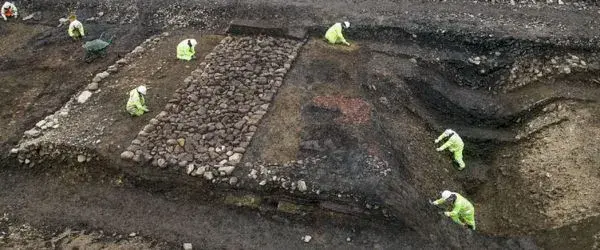
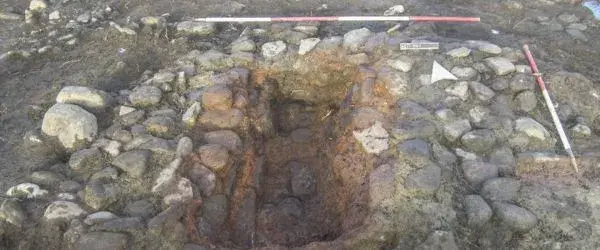
Location 2: The emergence of a Roman town
The settlement was fortified during the early 3rd century AD. A substantial stone wall was constructed, incorporating gates flanked by towers. Inside the town wall, timber structures were replaced by stone buildings—some with underfloor heating, and plastered and painted interior walls—which faced on to an ordered grid of streets. Life became settled and people invested in renovation and development of their properties. Investigation of these buildings and the discovery of personal possessions once belonging to the Roman occupants suggest that Cataractonium contained an affluent, economically independent civilian population during the 3rd and 4th centuries AD.
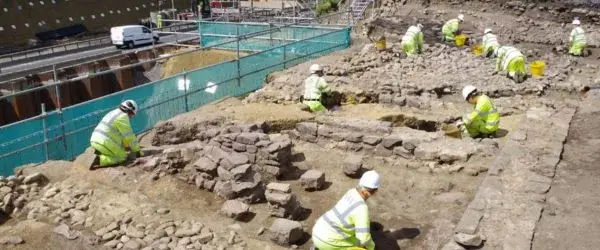
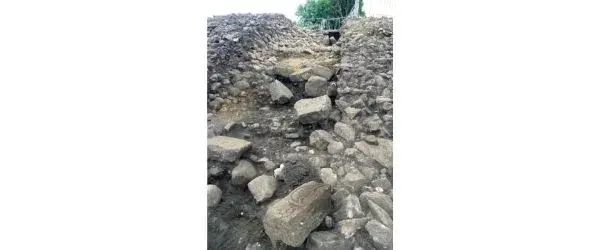
Location 3: Military supply and trade at Cataractonium
Military control of the Swale crossing was established during the AD80s by construction of a fort on the south bank of the river beneath what is today Thornbrough Farm. The wealth and importance of Cataractonium developed rapidly from c.AD100. This is revealed by finds of large quantities of imported goods—such as rare and exotic items from the Mediterranean region and Africa—and by growth in the area of the settlement and the construction of an embankment and gate at the northern approach to the river crossing.
The presence of granaries and warehouses on the south bank of the Swale, and evidence for the importance of security and literacy on the north bank, suggests large areas of the settlement were set aside for storage and control of foodstuffs and other goods. The construction of an inn (mansio) to accommodate travellers on official Roman business at Cataractonium highlights its role within the transportation and courier service. The inn may also have provided a base from which a senior legionary could supervise the inhabitants of Cataractonium and oversee Roman military interests.
Expansion of the settlement coincided with the emergence of a large roadside settlement c.2km to the south of Cataractonium at Bainesse, which was based on a primarily agricultural economy. Large areas around the settlement were subdivided into fields, and finds of substantial millstones indicate that crops were processed on a large scale.
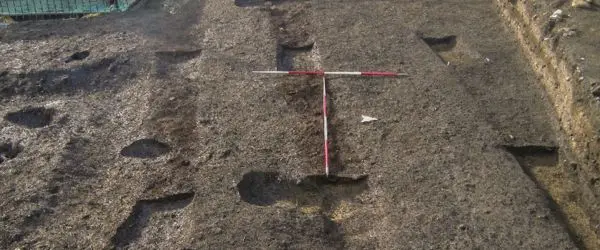
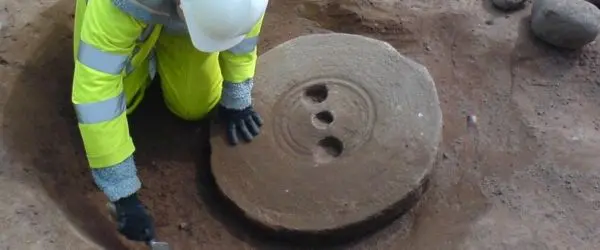
Location 4: The establishment of Cataractonium and later Roman development
The earliest Roman presence at Cataractonium was focused on the construction of a timber bridge to carry Dere Street across the River Swale around AD70, before the establishment of a permanent settlement on the site. This represented the first stage of construction of an all-weather long-distance road that largely survives today as the route of the A1. During the late 1st century AD, the road was crucial for the Roman conquest of northern Britain and has remained an important artery of supply and communication since.
During the late 3rd and 4th centuries, new Roman roadside settlements grew along Dere Street at a short distance to both the north and south of Cataractonium. These settlements prospered as small farming communities, producing an agricultural surplus for trade at the lively marketplace at Cataractonium. A northern suburb of Cataractonium, located on the north bank of the Swale, became depopulated at this time, and some of the buildings were left unoccupied. People began to bury the deceased in back gardens here, suggesting the area was no longer regarded as an integral part of the settlement.
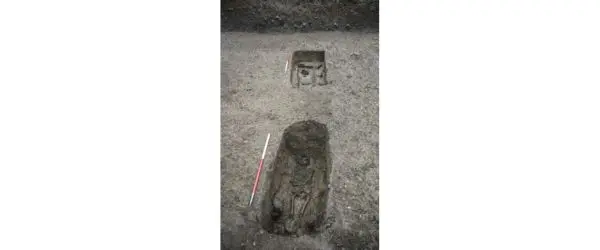
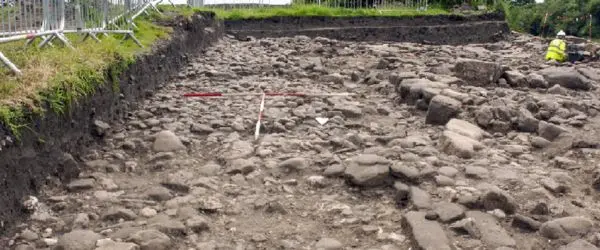
Location 5: An Early Anglo-Saxon community within the walls of the old Roman town
By the mid- to late 5th century AD, Roman Cataractonium had given way to the arrival of incomers and their culture. This Early Anglo-Saxon population lived in small timber houses with cellars that were set among the dilapidated buildings and streets of the former Roman town. They made cloth and perhaps items from iron. Dogs were kept as pets, for hunting and as guard dogs. The presence of a number of Early Anglo-Saxon buildings suggests that an extensive community once thrived within the old town walls. The final retreat from Cataractonium was complete by the mid-6th century, with a new centre of settlement emerging in the vicinity of the modern village of Catterick, which later developed into an important Northumbrian royal centre during the 7th century.
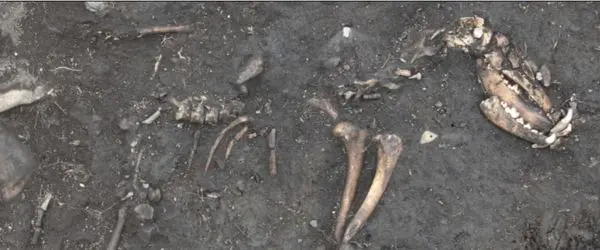
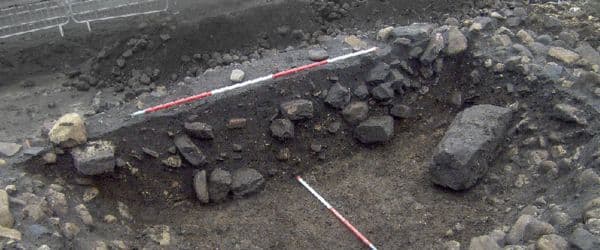
For full analysis of the excavations, access the two-volume Monograph Cataractonium: Establishment, Consolidation and Retreat and its related archives via the Archaeology Data Service.




